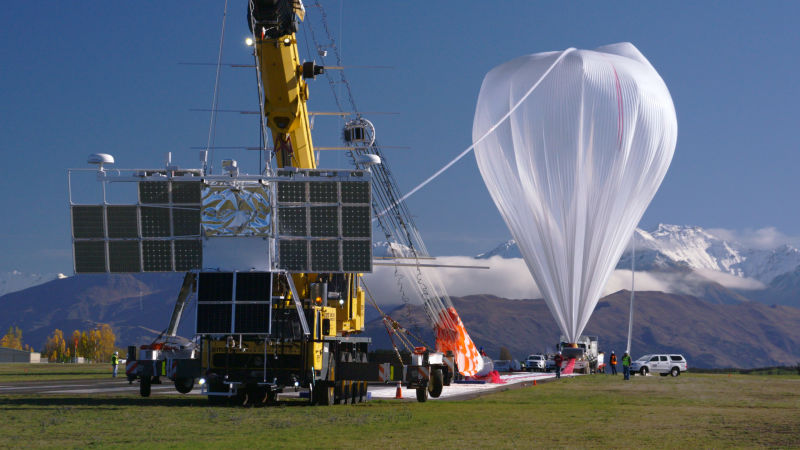
NASA’s most recent test flight of a super pressure balloon ended prematurely, but was still able to set some records along the way, including one for flight duration.
The agency announced Saturday that while the original goal was to keep the balloon aloft for 100 days at just over 100,000 feet, it was successful in keeping it floating for 46 days, 20 hours, and 19 minutes. The balloon was launched from Wanaka, New Zealand on May 17.
This is a record for a mid-latitude flight of a large scientific balloon. Others have drifted for longer, but with different conditions.
Advertisement
Operators decided to terminate the mission after detecting altitude variations from its flight over the Pacific Ocean, including temperature variance that affected how high the balloon flew. While it was created to fly at around 100,000 feet, it dropped as low as 70,000 feet during one night. Since helium expands during the day due to the sun, the volume of the balloon decreases at night, causing the sudden drop.
The 18-million-cubic-foot super balloon and its payload touched down safely in a mountainous area in Peru. Researchers are working on retrieving it to study the data.
Sponsored
NASA has been studying zero-pressure balloons for nearly 30 years as a lower-cost alternative to satellites, and way to study atmospheric data. These super pressure balloons aim to increase their endurance by pressurizing the helium inside, keeping the volume constant and allowing it to remain at a steady altitude.
Hopefully with the data they retrieve from the balloon and its payload, scientists can prevent these drops.
“We’re extremely pleased with the flight time we achieved with this mission, far and away the longest mid-latitude flight of a NASA heavy-lift balloon to date,” Debbie Fairbrother, NASA’s Balloon Program Office chief, said. “We’ll continue to strive for even longer duration flight, 100 days or more, and what we learn from this year’s mission will help take us there.”
[Science Mag via NASA]
Advertisement













